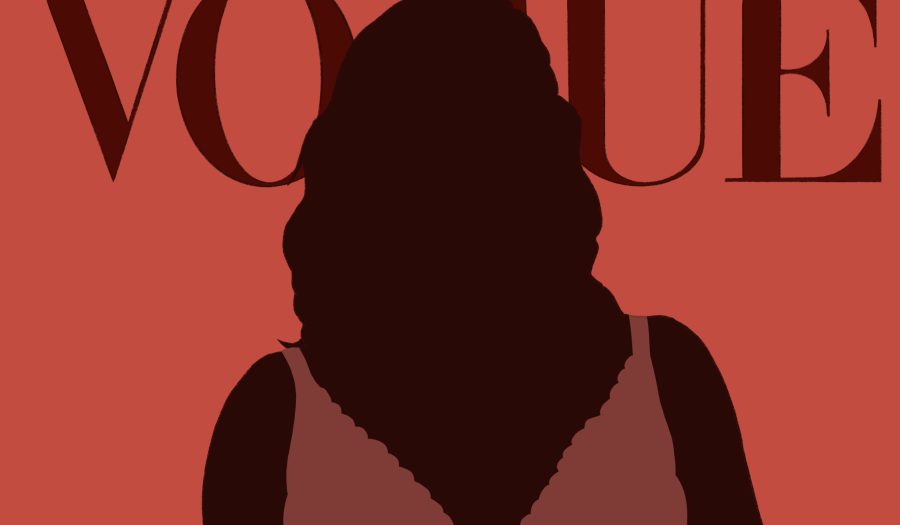Recently, Billie Eilish had a Vogue cover interview discussing power dynamics, body positivity, and the phenomenon of her culturally reneged pop image. For some people, Eilish’s Vogue shoot represents the culmination of the “empowering” cultural narrative of taking back historically misogynistic rhetoric — like “hoe,” “slut,” and “thot.”
Eilish affirms this narrative in her interview, explaining how, “Suddenly you’re a hypocrite if you want to show your skin, and you’re easy and you’re easy and you’re a slut and you’re a whore. If I am, then I’m proud… Let’s turn it around and be empowered in that.” But does empowerment truly lie in sexualizing yourself?
Women have historically only been valued for their looks, and nowhere is that more evident than when examining mass media. From Instagram to pop stars, the vast disparity between the beauty standards men and women are held to can be incredibly depressing. Eilish initially managed to break from that mold, in that she deliberately flouted beauty norms she was expected to adhere to — she wore very baggy clothes in order to avoid scrutiny and she dyed her hair neon colors as often as she’d like. As a result, she was mostly able to avoid the overt sexualization of female pop stars that the music industry grooms its victims into.
But her Vogue shoot is hardly as revolutionary towards these misogynistic beauty standards as liberal feminism has posited it as. A mistake feminists make in asserting that sexualizing yourself deliberately or calling yourself a “hoe” is that they believe these images and rhetoric would challenge men’s perception of women as sex objects. In reality, men hardly see the difference between an “empowered” sexualized image of a teenager and one labeled neutrally. It is an image that is dehumanizing towards females regardless — the sexualized image of women panders to the male gaze either way. Re-labeling beauty standards as “empowering” instead of trying to completely abolish them is hardly challenging the status quo.
I do not hate Billie Eilish, nor do I think she is untalented. I do not even blame her for this Vogue photo shoot — she is as much a victim of the misogynistic mass media as any other woman. But to pretend as if she wasn’t pressured to take off her clothes — either explicitly by the music industry, or from the larger subtext of our misogynistic society — is naive at best. In her interview, she laments that the alternative fashion choices she engaged in left her feeling “undesired” by the world — doesn’t the cultural expectation of engaging in femininity mean that her photoshoot is superficially subversive at best?
When you consider what female pop stars are expected to do to remain popular and relevant compared to their male counterparts, it is unsurprising that Eilish questioned her womanhood when she wore baggy clothes and refused to dress scantily. Consider the media catastrophe that has become Britney Spears’ image in the paparazzi — she was villainized for her sexualized image and simultaneously goaded into being a sex object. I truly believe that because a woman’s worth is dependent on how appealing she is to men, there is no way to repackage sexuality that is appealing to the male gaze as “empowering” — the only option forward would be to convince women to abandon the sexualized image of females completely. Not because sex objects are “sluts,” but because sex objects make no real tangible impact in undoing female socialization and misogyny in the minds of men or women.
At the very least, I wish mass media would stop calling sexualized imagery “empowering.” There is no need to re-package a trojan horse that diminishes a woman’s worth to her appearance alone. Meanwhile, men still hate and create these “whores” in their minds, viscerally disgusted by the image of a woman in her most natural and unaltered form.
Art by Ava Bayley for the UC San Diego Guardian.














